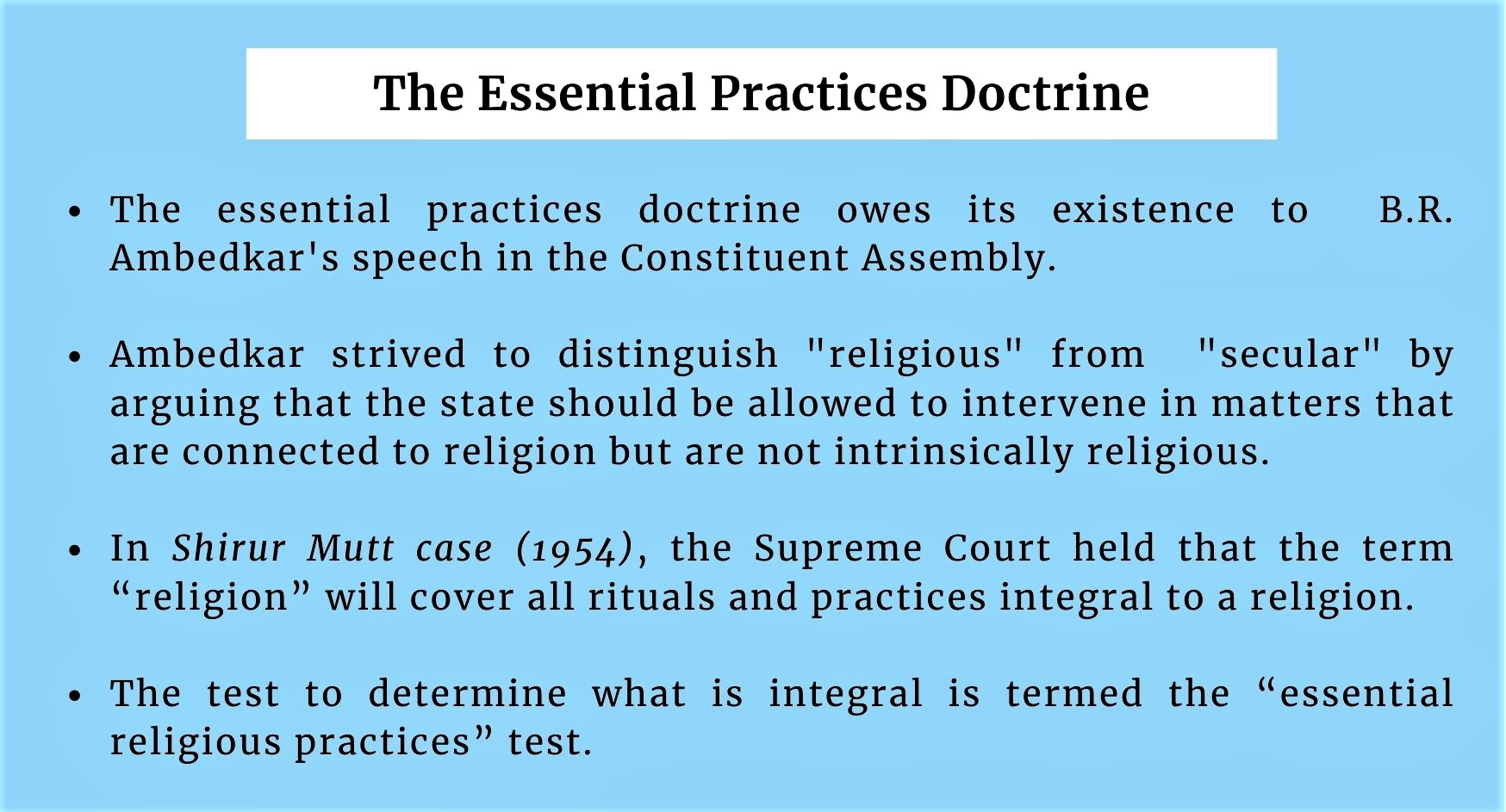7667766266
enquiry@shankarias.in
After years of unofficial curbs on religious clothing, the Tajikistan government has recently moved to formally ban the wearing of the hijab in the country.
Somonis is the currency of Tajikistan.

|
Freedom Of Religion Under Indian Constitution |
|
In S R Bommai vs Union of India (1994), the Supreme Court said that the state should free itself from religious affinity.
What lies ahead?